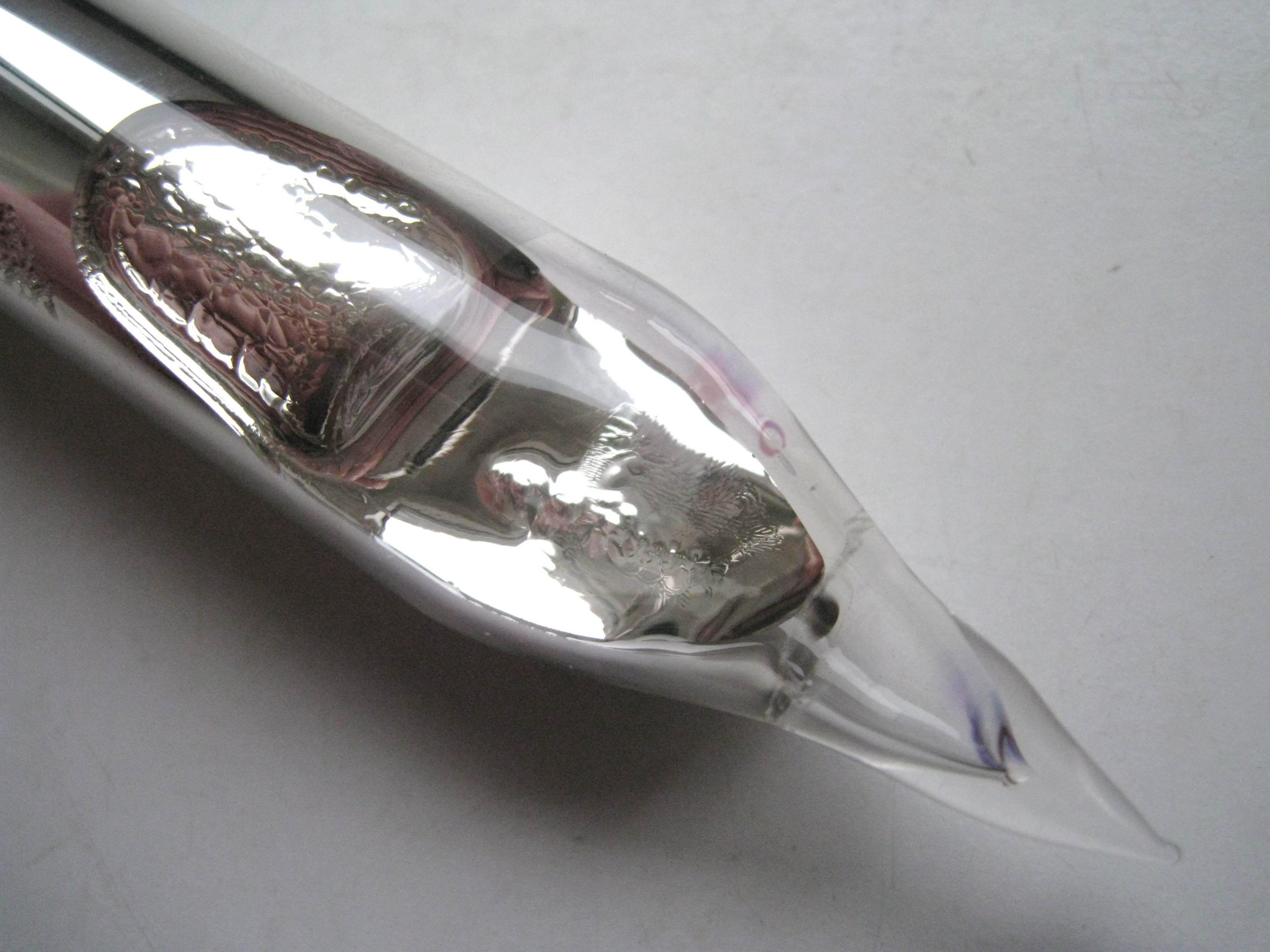Last Updated on June 18, 2023 by Sara Assem
Table of Contents
What is Laboratory Accidents?
Scientific laboratories contain dangerous chemicals that may lead to most of the common lab accidents such as strong acids, neurotoxins, in addition to various equipment such as natural gas-guzzling Bunsen burners, high-pressure cookers called autoclaves, and some types of explosive materials.
Biology laboratories often contain infectious organisms, posing a threat to students and teachers. So there are some safety tips that must be observed to protect those in the laboratory from exposure to any risk. Despite these strict rules some unintended laboratory accidents may sometimes occur.
Try Praxilabs Virtual Labs and be Safe!
Types of Laboratory Accidents
In science laboratories, there are many materials that have hazard potential include:
Toxic and poisonous chemicals – Flammable solvents – Corrosive liquids including strong acids – Compressed Gases – Highly reactive chemicals and explosive materials – Dangerous microbiological specimens – Radioactive materials.
Generally, science accidents result from the following factors (Causes of accidents in the laboratory):
Fires – Electrical short circuits and shocks – Leaks and spills – Unplanned storage- Use of defective material handling equipment – Careless handling of containers.
So, we can classify accidents in the laboratory to:
Minor
Most common type of lab accident, involves little material damage and/or minor injuries. They can result from improper use of equipment or storage of sensitive reagents. Examples: burns (either chemical or hot bodies), thermal runaways, volatile liquid bottle popping, corrosion of metal objects, etc.
Major
Will cause appreciable material damage to equipment and fittings, and may cause serious body damage. Known major accidents include reaction vessels shattering during reaction and splashing their content in the fume hood/lab, small explosions, toxic leaks, severe rusting of metal objects from all around the lab, etc.
Catastrophic
Lead to high or complete damage of the lab, and serious injury or on rare occasion death. Common examples include fires, floods, explosions, etc.
Laboratory accidents statistics
In the November 18 issue of the journal Nature, According to “A review and critique of academic lab safety research” , here are some of the article’s more statistics:
- 25-38% of lab personnel surveyed have been involved in an accident or injury in the lab that was not reported to the supervisor or principal investigator.
- 27% of researchers stated that they never conducted any kind of risk assessment before performing laboratory work. Academic researchers were the least likely to assess risk, followed by industry and government.
- In one study of lab safety between 1966 and 1984, 81% of accidents occurred in teaching labs, 13% in research labs and 2% in fabrication rooms.
- Only 40% of researchers surveyed reported wearing PPE at all times when working.
- 25% of researchers had not been trained in the specific hazard with which they worked.
- Articles in chemistry journals seldom mention safety information on chemical reagents. One study looked at journal mentions of 11 hazardous compounds. These compounds were mentioned 107 times in journal articles but only one article provided cautionary information.
- In one profile of safety incidents at research labs, virtually identical incidents occurred at the same institutions within 10–15 years, resulting in the destruction or temporary closure of the buildings.
Visit Our Virtual labs and Experience a Virtual World of Science Education
Create a FREE Virtual Labs Account Now!!
Now, we will discuss some laboratory accidents that occurred around the world:
1) The Explosion of A Chemistry Lab at Texas Tech University

In January 2010, a chemistry lab at Texas Tech University exploded while two students were conducting some experiments to make derivatives of an explosive substance called nickel hydrazine perchlorate. They made a very dangerous mistake: they created 10 grams of the substance, despite the warning of the supervisor not to make more than 100 milligrams. When one of the students crushed the substance with a pestle, a terrible explosion occurred. Fortunately no one died, but the student suffered from burns and lost three fingers.
2) Mercury Poisoning Laboratory Accident

In 1997, the famous chemist Karen Wetterhahn died because some drops of dimethylmercury fell on her hands despite wearing gloves. The drops penetrated those gloves, reached the skin, and entered her body. After a few months she began to experience symptoms of mercury poisoning, such as loss of balance and poor speech, vision and hearing ability. She then entered into a coma and died.
3) Criticality Laboratory Accidents Los Alamos National Laboratory
The criticality laboratory accidents is an uncontrolled nuclear fission chain reaction. It is sometimes referred to as a critical excursion or a critical power excursion or a divergent chain reaction.
The most famous criticality accident in history occurred at the Los Alamos National Laboratory, where Cecil Kelly was exposed to a deadly dose of neutrons and gamma rays when a large platinum tank went critical. Cecil fell to the ground and screamed, “I am burning.”
Initial symptoms immediately appeared, such as collapse and mental incapacitation. When he arrived at the emergency room at the Los Alamos Medical Center, symptoms of the second phase began to appear, such as vomiting, trembling, hyperventilating and his skin began to turn purple and his lips turned blue, indicating hypoxia.
Two hours after the accident, Kelly had entered the third stage, which was the longest. He was suffering from severe abdominal cramps but was very coherent and showed improvement overall. But after 6 hours of the incident, lymphocytes disappeared completely from the blood circulation, which was a sign of the inevitability of death.
Thirty-five hours after the accident, his heartbeat was irregular, the pain in his abdomen was not controlled, his colour became pale, and he died.
Get Started Praxilabs For FREE
4) Marburg Virus

In 1967, a group of workers at the Marburg Laboratory in Germany began suffering from various symptoms such as fever, diarrhoea, vomiting and internal bleeding of a group of internal organs, and eventually seven workers died.
After a thorough investigation, scientists identified the cause of the epidemic: it was a pair of monkeys imported from Uganda for polio research.
The monkeys were carrying an extremely dangerous virus that had not been discovered before. They called it the Marburg Virus, named after the city where it was discovered.
Since its discovery, it has remained mysterious; resurfacing, killing, then disappearing. The worst outbreak of the pandemic occurred in Angola in 2005, killing more than 200 people, and no treatment has been discovered so far.
Provide Lab Safety with Virtual Labs
Through PraxiLabs, students can gain a real-world understanding of the concepts and procedures without jeopardizing their safety as they conduct experiments through 3D simulations of real laboratories without dealing directly with any of the above-mentioned risks, You can try your free trial.
 PraxiLabs A virtual world of science
PraxiLabs A virtual world of science





